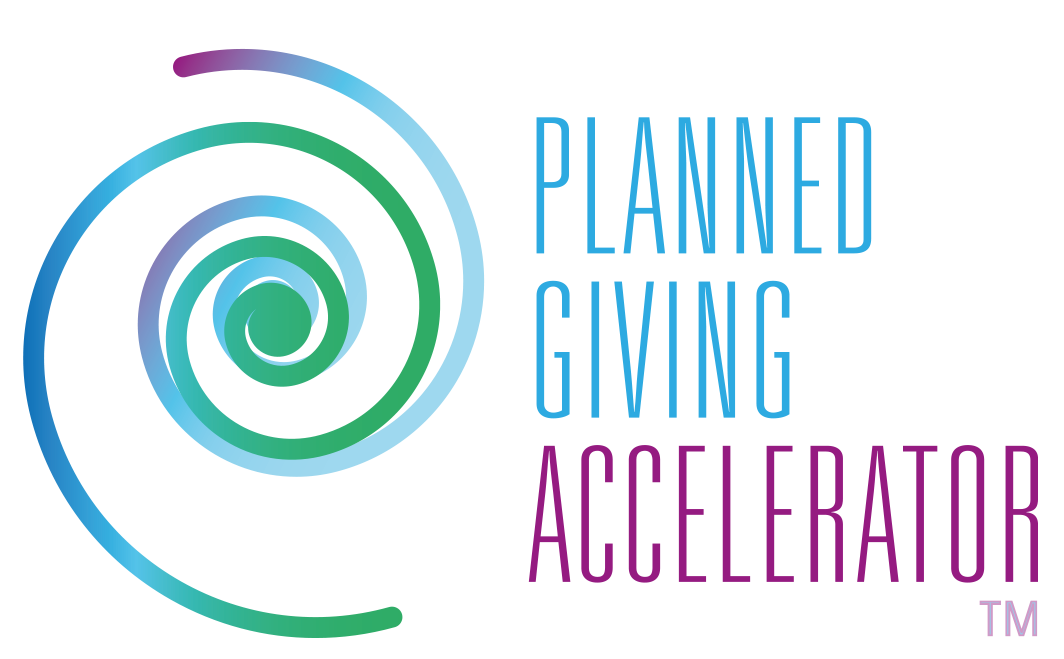1997. The first Harry Potter Book rolled off the presses. Woolworth’s closed its last five-and-dime store. And Steve Jobs became CEO of Apple computers – for the second time.
For me, 1997 was the year I discovered my calling — Planned Giving.
I was called to work in Planned Giving because of its potential to make outsized impact on nonprofits. After all, bequests and planned gifts are typically much larger than other forms of giving.
I also reveled in the relationships of Planned Giving – engaging with prospects and donors in deeper ways to help them consider their ultimate gifts, and then take action to secure them.
Beyond that, I was intrigued by the idea of unpacking the undeserved baggage often associated with Planned Giving — to simplify it. It didn’t hurt that I was a lawyer, ready to debunk the commonly held myth that Planned Giving requires a lawyer.
I also hated practicing law. But that’s a subject for a different post. Or a therapy session.
Fast forward a quarter century and I’ve now helped nonprofits across the U.S. secure more than $100 million in planned gifts. I’ve also launched Planned Giving Accelerator, which gives me the opportunity to guide fundraisers at small and mid-size nonprofits to succeed in Planned Giving in a way that is easy, affordable and accessible.
As I look to the future, I’ll share the three most enduring lessons I’ve learned, with the hope of helping you understand Planned Giving better:
1. It’s all about relationships: Building relationships through Planned Giving is easier than you may think.
When you devote time to Planned Giving fundraising, you’re building relationships that often blossom into something more meaningful. Your best Planned Giving prospects already have a long-standing connection with your nonprofit. All you need to do is introduce them to the potential to make a lasting difference for the cause they deeply care about.
2. Keep it simple: I’m often dismayed by the imagined barriers that prevent so many fundraisers from developing a sustainable Planned Giving program. Many fear Planned Giving because they’re worried about having awkward conversations with prospects or because of the persistent perception that Planned Giving is too difficult and complex.
The reality is you can build and sustain a highly successful Planned Giving program by only encouraging bequests, gifts by will. It’s really that simple.
And you’re not talking to folks about death. You’re talking about life. The long life of your nonprofit.
One of my Planned Giving Accelerator members took this approach and in little over a year secured more than $3 million in commitments for her local humane society!
3. Take it one step at a time: With all the demands on you, I understand how the prospect of launching Planned Giving fundraising feels overwhelming.
But if you take a thoughtful and consistent approach, maintaining a Planned Giving program is far more manageable and you end up building a durable program that stands the test of time. In Planned Giving Accelerator, I walk members through the step-by-step actions that incrementally build their program while not consuming too much of their valuable time.
I recently heard some sage advice from Steve Jobs: “Have the courage to follow your heart and intuition. They somehow know what you truly want to become.”
Twenty-five years ago, I followed my heart and intuition to become the evangelist for Planned Giving.
I’m grateful to the many mentors, colleagues and friends who have encouraged and guided me along the way. You see, those relationships I mentioned don’t only spring from donors.
Those are my reflections on a 25th anniversary.
I hope I can help you see the joy and value in pursuing Planned Giving fundraising.


